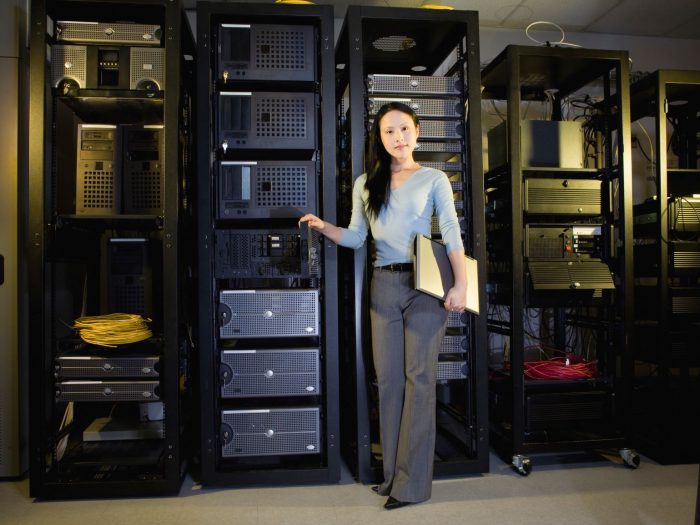The new trends in business computing points towards methods to develop, deploy, and manage applications that meet the needs of today’s innovations, devices, and virtual experiences.
To choose serverless solutions or containers is down to the individual, however, before you jump into the decision, this article will look at how the two are similar, and ways in which they differ. These tools for developers have a way of also complementing each other. Let’s start by taking a closer look at each.
What is Serverless Computing?
This allows developers to create and run applications with functions being carried out in a cloud environment. It removes restrictions like provisioning, scaling, and managing. Instead of billing based on the time the server is up for, it focuses on the period of time that the process is running for.
A server is still involved. In serverless computing, the code is outsourced to a cloud provider. Here the application is run and the results are returned, usually within a matter of milliseconds.
What are Containers?
A container is a resource-isolated packaging of a service or application. The process deploys, executes, and scales without having to run a virtual machine (VM) for each app.
A developer is able to package code, configurations, and dependencies with containers into simple building blocks. In this manner, there is a level of consistency, efficiency, and productivity. Containers can handle more apps and need fewer VMs and Operating Systems. Ultimately, they take up significantly less space than a VM.
The Similarities Between Serverless Solutions and Containers
Both tools are used in order to prepare and strengthen businesses for the next stage of digital transformation and maximize results. As we have seen, the technology behind the two is different; nevertheless, they both permit developers to work in isolated environments.
Serverless computing and containers are a way forward into the changes and revolutions in cloud computing. Each is designed to fulfill different requirements and deploy different tools, yet their similarities are as follows:
- They use limited pieces of code that are highly compatible with microservice architectures
- They are commonly used in the cloud because it’s easy to deploy across distributed architectures
- They have a fast start time, normally within seconds
- They greatly rely on APIs for integration with external resources
- They also rely on external resources for continuous storage needs
The Differences in Management and Security
Serverless
With this solution, the end-user has little decision on the host server and the operating system the applications are run on. Large quantities of data are consumed in little time so it’s crucial to avoid using unnecessary resources. The majority of workloads are run on public clouds with AWS Lambda or Azure Functions. Generally speaking, there are a limited number of tools in order to manage and secure functions.
Containers
It is an absolute necessity to maintain the host operating system in a container environment. As container apps run for more time, they aren’t consuming as many resources, and therefore, you don’t have to be concerned with efficiency so much. The toolset is also less restricted. The reason for this is because containers are more often deployed on-premises, or via a generic cloud infrastructure.
How to Decide Which Solution is Best for You
While a developer has more control over the application’s performance when using containers, they are more complex when it comes to building, planning, and deploying.
If you are looking at short, small, or single function operations, serverless solutions are the way to go. Developers can access cloud-specific services with speed and efficiency.
By choosing serverless computing, you take away issues regarding provisioning, deployment, and maintenance. A developer chooses speed and reduced costs over control. At the same time, debugging may become more complicated.
One strategy that businesses are turning to is using a combination of serverless and containers within the same project. Serverless can be ideal for data processing while containers are perfect for the areas that require more control, scalability, and management.
Not everybody will clearly be able to define the needs of their business. In this case, t would be worth consulting a tech expert before making the final decision between serverless and containers.



